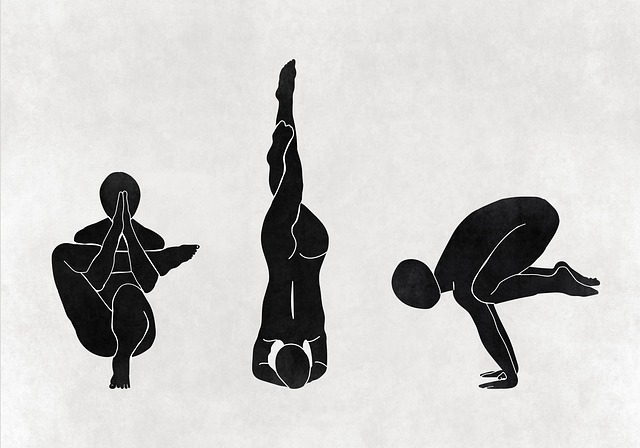Recognizing red flags like unsubstantiated claims, inadequate history assessment, and aggressive sales tactics is crucial for patients seeking safe chiropractic care. Patients should assert their rights through questions, verification, and open communication to avoid unethical practices, ensuring treatment aligns with personal needs and goals. Reporting suspicious activities maintains ethical standards and patient safety.
Unethical business practices within the healthcare industry, particularly in chiropractic care, pose significant risks to patient well-being. This article delves into critical aspects of identifying red flags during chiropractic treatment, exploring instances of unethical behavior such as patient misinformation and misleading tactics. We also examine strategies for protecting patients through reporting mechanisms and preventive measures, empowering individuals to make informed decisions about their health and ensuring ethical standards in the chiropractic profession.
- Identifying Red Flags in Chiropractic Care
- Unethical Behavior: Patient Misleadership
- Protecting Patients: Reporting and Prevention
Identifying Red Flags in Chiropractic Care

Chiropractic care, aimed at promoting healing and alleviating pain, should ideally be a safe and beneficial experience for patients. However, as with any healthcare service, it’s crucial to recognize potential red flags that may indicate unethical or harmful practices. Some warning signs include unsubstantiated claims about treatment effectiveness, lack of comprehensive patient history assessment, and pushy sales tactics for additional procedures or supplements.
Patients should feel empowered to ask questions during consultations, scrutinize recommended treatments, and request clarification on diagnosis and prognosis. Unease or pressure to consent to unnecessary procedures can be red flags. Moreover, a reputable chiropractor will prioritize patient comfort, respect boundaries, and foster open communication, ensuring that treatment aligns with the individual’s needs and goals.
Unethical Behavior: Patient Misleadership

Unethical behavior in healthcare, particularly patient leadership, presents clear red flags that should raise alarms among both medical professionals and patients. In the context of chiropractic treatment, for instance, misinforming or misleading patients about their conditions is a concerning trend. Chiropractors have a duty to educate and inform, not manipulate or deceive. When a patient is convinced they need extensive treatment when minimal adjustments would suffice, it’s a sign of unethical practice.
Red flags may include exaggerated claims about the severity of a patient’s condition, pressure to undergo costly procedures without exploring alternative treatments, and failure to disclose potential risks or offer second opinions. Such tactics not only violate ethical guidelines but also undermine the patient-doctor relationship, leading to mistrust and potentially harmful outcomes. Patients should be empowered to ask questions, seek clarification, and understand their treatment options to avoid falling victim to unethical leadership in chiropractic care.
Protecting Patients: Reporting and Prevention

When it comes to protecting patients, reporting and preventing unethical practices in healthcare is paramount. One critical area of concern is chiropractic treatment, where red flags should be raised if patients experience any adverse effects or unusual symptoms post-adjustment. Unethical chiropractors may push aggressive treatments on hesitant patients, ignoring individual health needs and potential risks.
Encouraging open dialogue between patients and practitioners is key to prevention. Patients should feel empowered to report suspicious activities, such as pressure to undergo unnecessary procedures or excessive fees for services not rendered. Robust reporting mechanisms and regulatory bodies play a vital role in monitoring and addressing these issues, ensuring ethical standards are upheld within the chiropractic profession.
Recognizing red flags in chiropractic care is crucial for protecting patients from unethical practices, such as patient leadership. By understanding what to look out for, we can foster a more trustworthy environment within the profession. Encouraging open dialogue, promoting transparency, and establishing robust reporting mechanisms are key steps in preventing and addressing unethical behavior. Staying vigilant and holding practitioners accountable ensures that patients receive safe, effective, and honest care.














